Table of Contents
ESP in Mercedes-Benz: Causes, Diagnosis & Fix Guide
When your Mercedes dashboard displays “ESP Inoperative – See Owner’s Manual”, it means the Electronic Stability Program (ESP) has been temporarily disabled often together with ABS, Brake Assist, and Traction Control.
This reduces your vehicle’s ability to correct skidding or maintain stability in slippery or high-speed conditions.
Ignoring it can compromise your safety, so immediate diagnosis is crucial.
In this complete troubleshooting guide, we’ll explain:
- – What ESP does in your Mercedes,
- – The most common causes of the warning,
- – Diagnostic and reset steps, and
- – When professional service is required.
For full coverage of related braking and safety systems, visit: Mercedes Brake System Problems: ABS, ESP & Brake Assist Guide
Common Causes of “ESP Inoperative” in Mercedes
| Cause | Symptoms / Warning | How to Diagnose & Fix |
|---|---|---|
| Faulty wheel-speed sensor / connector | ABS/ESP light flashes, traction loss | Scan for fault codes, clean connector under wheel arch, replace sensor |
| Steering-angle or yaw-rate sensor fault | ESP light stays on, poor stability | Read codes (e.g., C1xxx/U1xxx), recalibrate sensor with XENTRY |
| Brake-light switch fault | ESP off when braking, cruise control disabled | Test brake lights and switch, replace if defective |
| Failed ABS/ESP hydraulic control unit (HCU) | ABS, BAS, and ESP lights solid | Scan module, inspect fuses, repair or rebuild unit |
| Low battery or weak alternator | Random warning lights, fault after jump-start | Check voltage (> 12.4 V idle, ~ 14 V running), replace battery if weak |
| After battery replacement | ESP light after reset | Turn steering wheel full-lock left/right to recalibrate SAS |
| Software or CAN bus glitch | Intermittent ESP fault | Clear codes, perform ECU update using XENTRY |
What Is ESP and How It Works
ESP (Electronic Stability Program) is Mercedes’ stability control system designed to keep your car under control during sudden turns, slippery roads, or loss of traction.
It works by:
- – Monitoring wheel speed, steering angle, and yaw rate,
- – Detecting oversteer or understeer,
- – Automatically applying brake force to individual wheels, and
- – Adjusting engine torque to maintain vehicle stability.
Key ESP Components in Mercedes:
- – Wheel-speed sensors
- – Steering-angle sensor (SAS)
- – Yaw-rate / lateral acceleration sensors
- – ESP hydraulic unit
- – ESP control module (integrated with ABS)

Detailed Diagnostic & Fix Flow
Follow this checklist for accurate troubleshooting:
- 1. Read fault codes : Use XENTRY or an OBD-II scanner to locate the affected sensor/module.
- 2. Inspect wheel-speed sensors : Clean or reseat connectors under each wheel arch.
- 3. Check brake-light switch : Faulty switches are a common cause of false ESP faults.
- 4. Test battery and alternator : Low voltage (< 12.2 V) can disable multiple modules.
- 5. Recalibrate the steering-angle sensor (SAS) : Use XENTRY after battery change or alignment.
- 6. Reset ESP system : Turn steering wheel fully left then right once engine is running.
- 7. Repair or replace the ABS/ESP HCU : If hydraulic pressure faults persist.

DIY vs Professional Repair
| Task | DIY-Friendly? | Professional Recommended? |
|---|---|---|
| Scan & clear fault codes | Yes | Dealer better for deep logs |
| Clean/reseat sensor connectors | Yes | – |
| Test brake-light switch | Yes | – |
| Battery & alternator voltage test | Yes | – |
| Steering-angle sensor recalibration | No | Dealer / XENTRY required |
| ABS/ESP module repair | No | Specialist or dealership |
Understanding Related Systems: ABS, BAS & EBV
ABS (Anti-lock Braking System):
Prevents wheel lock-up under hard braking to maintain steering control.
BAS (Brake Assist System):
Provides additional braking pressure in emergency stops.
EBV / EBD (Electronic Brake-force Distribution):
Balances braking force between front and rear wheels to maintain stability.
These systems share the same sensor network as ESP, so one fault can trigger multiple warnings simultaneously.

ESP and Future Technology
Mercedes continues to evolve ESP with AI-based predictive stability control, tighter integration with ADAS features, and improved communication over FlexRay and CAN-FD networks.
In future autonomous models, ESP will play a key role in vehicle path correction and self-driving stability management.
Quick Reset After Battery Disconnect
If the ESP light appears after a battery replacement:
- 1. Start the engine.
- 2. Turn the steering wheel fully left, then fully right.
- 3. Drive straight for a few meters.
The light should disappear once the system recalibrates.
FAQs: ESP in Mercedes-Benz
Q1: What does “ESP Inoperative” mean on a Mercedes?
It means the Electronic Stability Program is temporarily disabled due to a detected fault, commonly sensor-related.
Q2: Is it safe to drive with the ESP light on?
While your brakes still work, stability and traction control are off, increasing skid risk. Drive cautiously and repair soon.
Q3: How do I reset the ESP warning light?
Fix the root cause, then clear codes with a diagnostic tool or XENTRY. In minor cases (after battery change), turning the wheel full-lock left/right can reset it.
Q4: What’s the most common cause of the ESP warning?
A faulty wheel-speed sensor or steering-angle sensor is the top cause across Mercedes models.
Q5: Can a weak battery trigger the ESP warning?
Yes. Low voltage can confuse multiple control modules, disabling ESP and related systems.
Q6: What does “ESP Not Available” mean?
This message often appears during low voltage or after module sleep mode. Restarting the car or recalibrating the steering sensor usually resolves it.
Q7: How much does it cost to fix ESP issues?
- – Wheel-speed sensor: $150–$300
- – Steering-angle sensor: $400–$600
- – ABS/ESP module repair: $800–$1200
Conclusion
The “ESP Inoperative” warning in your Mercedes should never be ignored.
It indicates a malfunction that affects your vehicle’s ability to maintain traction and stability.
In most cases, the culprit is a sensor or voltage issue, easily diagnosed using XENTRY or an advanced OBD-II scanner.
If you’ve recently changed the battery or performed wheel alignment, recalibration may be all that’s required.
By addressing ESP faults promptly, you’ll restore full safety performance and avoid disabling systems like ABS and Brake Assist.
For further guidance on interconnected brake issues, visit the main hub: Mercedes Brake System Problems: ABS, ESP & Brake Assist Guide
Author Bio
Mercedes Expert is an automotive technical trainer and Mercedes-Benz diagnostics expert with extensive hands-on experience in XENTRY, DTS Monaco, and advanced system troubleshooting. He specializes in transforming real workshop case studies into structured learning content to help technicians, car owners, and enthusiasts understand complex vehicle systems.
Last update: October 2025
— Salim, Mercedes Expert
Independent specialist in Mercedes-Benz diagnostics, CAN Bus analysis, troubleshooting case studies, and EV systems.

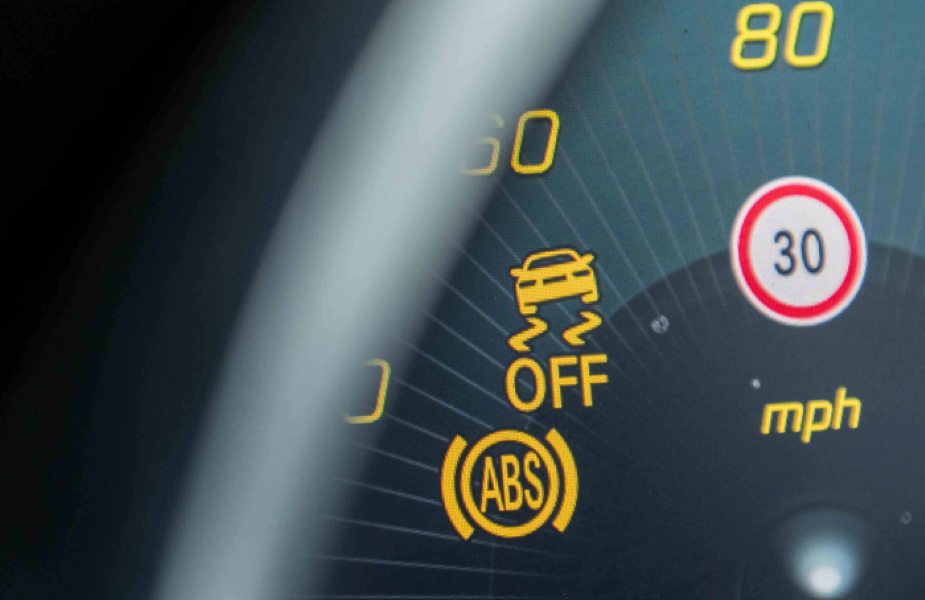
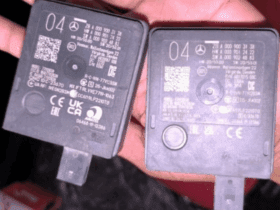
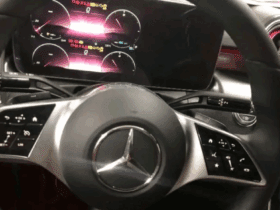
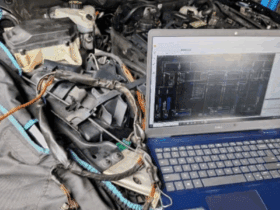
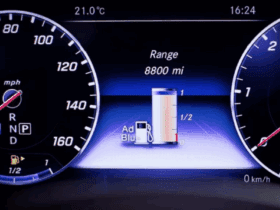
Leave a Reply